10 TV shows with non-binary characters that are doing representation right
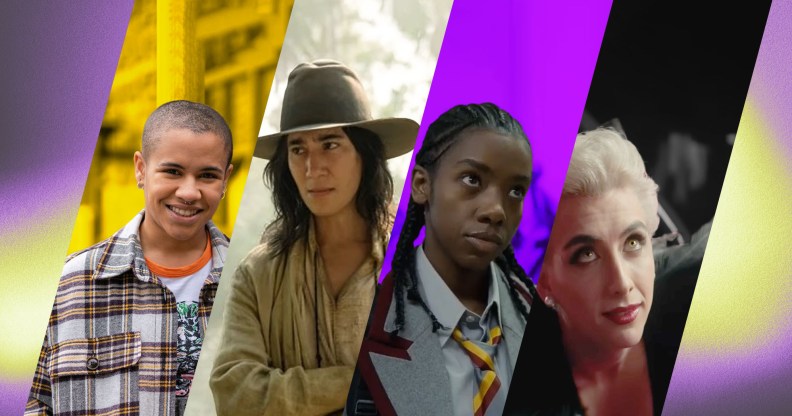
Non-binary representation on TV is evolving, and we love to see it. (HBO/Channel 4/Netflix)
From Sex Education to The Umbrella Academy, the non-binary and gender non-conforming characters in these TV shows live on beyond the small screen.
Representation is a word we hear a lot these days in the conversation around mainstream media, and for good reason: everyone deserves to see themselves reflected on screen – and it’s no different when it comes to people with non-conforming gender identities.
From Zoit in Disney’s 2002 show Lloyd in Space to genderqueer Hedwig Robinson in the 2001 film Hedwig and the Angry Inch, non-binary characters have been on our screens since at least the early 2000s; and in the last few years, there’s been a significant uptick in both positive and affirming narratives, and opportunities for non-binary actors to take centre stage.
However, non-binary representation is still evolving, particularly on television.
While there’s still a lot to be done before media depictions authentically mirror the existence of of non-binary people in the real world, it’s definitely worth celebrating TV characters who are paving the way forward. Here are 10 of the best.
Cal Bowman, Sex Education
Cal Bowman joined the cast of Netflix’s award-winning series Sex Education in 2021. Played by non-binary singer Dua Saleh, Cal instantly became a hit with viewers, acting as a vehicle for discussions about gendered dress codes and dating as a non-binary person.
Towards the end of season four, fans saw Cal get friendly with Layla, another non-binary student, as they bonded over the school’s rigid rules on gender presentation. Considering a lot of the Sex Education cast have confirmed that they won’t be returning for the upcoming fourth season, perhaps we’ll be blessed with two non-binary leads.
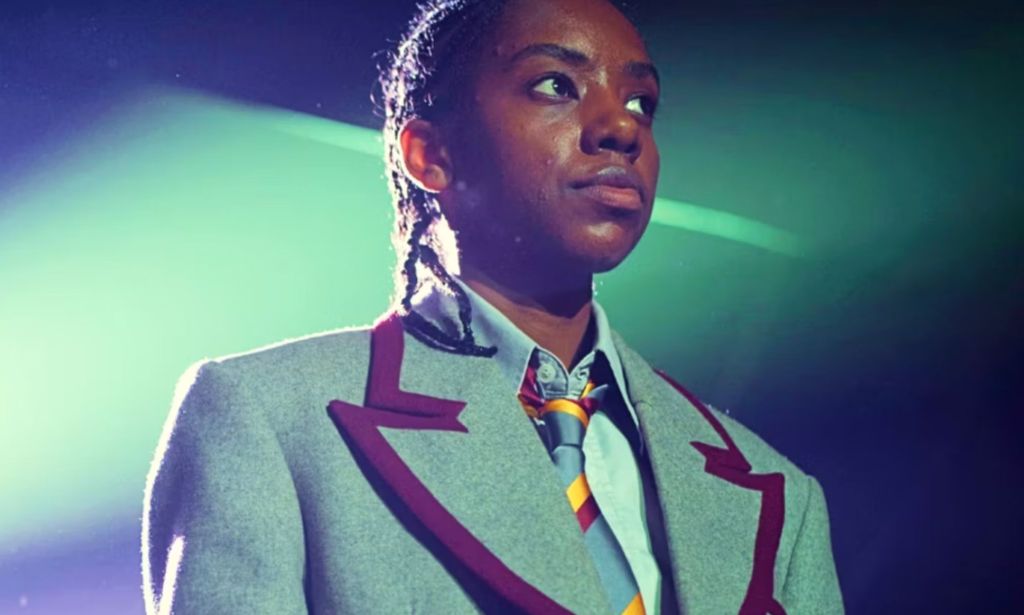
Dr Kai Bartley, Grey’s Anatomy
Non-binary actor E. R. Fightmaster has played Dr Kai Bartley in ABC’s long-standing medical drama Grey’s Anatomy since 2021.
Considering the series has been running for a whopping 18 seasons, with an ever-growing fan base, it was about time Grey’s introduced its first non-binary character.
Since joining the show, Fightmaster has praised the medical drama’s creators for their nonchalance approach to Dr Bartley’s gender identity, enabling the character to not be reduced to the one trait. The actor has also had the opportunity to discuss with writers how they should address the topic.
“I think it’s really important when you are an actor with an identity that gets discussed a lot, or rather is in discussion, to be firm in how much of your identity you bring to the show,” Fightmaster told NBC last year.
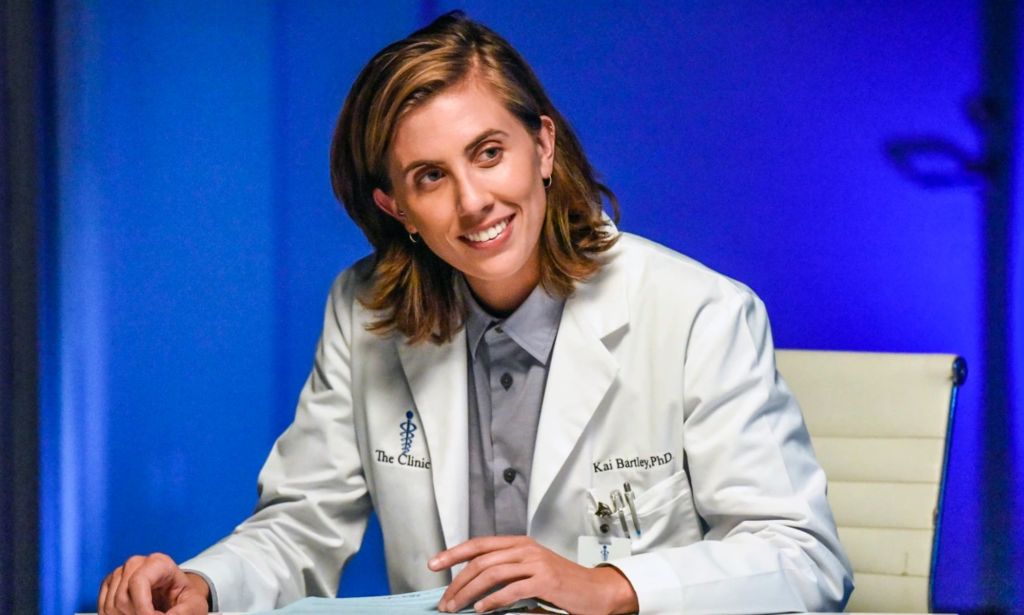
Jim Jimenez, Our Flag Means Death
The first season of pirate comedy Our Flag Means Death dropped on BBC iPlayer in January, and viewers were quickly introduced to Jim Jimenez.
Played by non-binary actor Vico Ortiz, Jim starts the series by donning a fake beard to fulfil their dream of being a pirate. The facade drops, but Jim attempts to ensure their shipmates see them as they are – not as masculine or feminine, just as Jim.
For Ortiz, playing the character feels ground-breaking.
“Unfortunately throughout history a lot of the trans, non-binary, queer stories try to talk about the person as much as possible without acknowledging that they’re queer,” they told PinkNews earlier this year.
“When I read for the part and got to interpret Jim, it was like, ‘Oh yeah, I get to actually fearlessly embody this journey of somebody who [gets to explore] their identity’.”
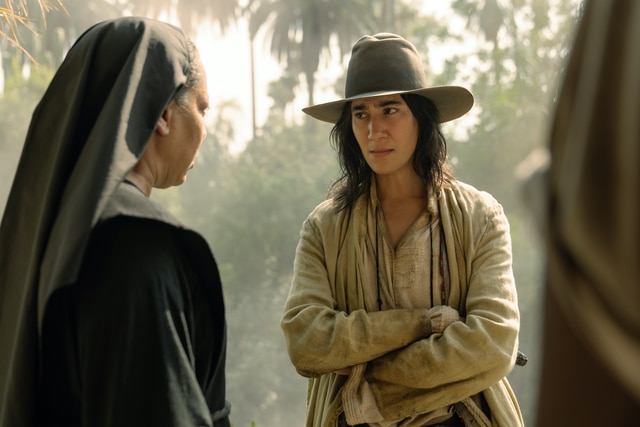
Brooke Hathaway and Ripley Lennox, Hollyoaks
Channel 4’s Hollyoaks has been a pioneer when it comes to non-binary representation in British soaps.
In 2018, the soap introduced Brooke Hathaway, played by trans actor Tylan Grant. Grant was the first actor of colour to portray an autistic person on TV, while their character later realised that they are non-binary.
Brooke came to that realisation after meeting and befriending Ripley Lennox, who was introduced in 2020 as the first openly non-binary character in the show. Brooke and Ripley form a friendship, before eventually beginning a relationship.
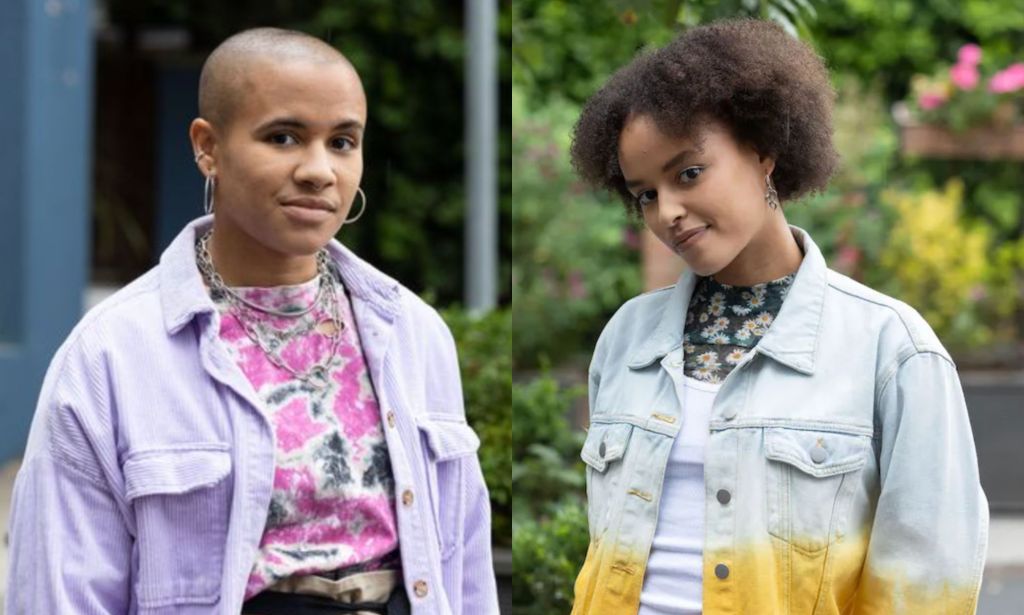
Brooke is currently still in the show, while Ripley, played by non-binary actor Ki Griffin, left in 2022 to work with homeless trans teenagers.
Speaking to PinkNews, Griffin shared their thoughts on how space has opened up for non-binary actors.
“There is so much more opportunity for trans and non-binary people, there is so much more space for them to play meaningful characters [who] aren’t simply tokens, and that is wonderful,” they said.
Tai, Moon Girl and Devil Dinosaur
Let’s hear it for new kids’ TV shows that are hitting the ground running with non-binary representation.
Marvel and Disney Channel’s animated superhero adventure Moon Girl and Devil Dinosaur started earlier this year, and features recurring character Tai, friend of lead character Lunella. They’re played by non-binary Star Trek: Discovery actor Ian Alexander, in another win for queer actors taking queer roles.
In a time where LGBTQ+ representation is being ripped from school libraries, having non-binary characters on animated TV shows is ever more important.
Mae, Feel Good
Netflix and Channel 4’s Feel Good features non-binary comedian Mae Martin as Mae, a fictionalised version of themself.
While Mae’s gender identity in the first season isn’t explicitly discussed, that changes in season two, when they realise they are “transgender or non-binary or whatever” and switch to using they/them pronouns.
The character has propelled its actor to new heights of fame, with Martin recently releasing their new Netflix comedy special SAP.
While Martin has stated that Feel Good‘s Mae has much more depth than just their gender identity, having a lead character on a Netflix hit is still a momentous step forward.
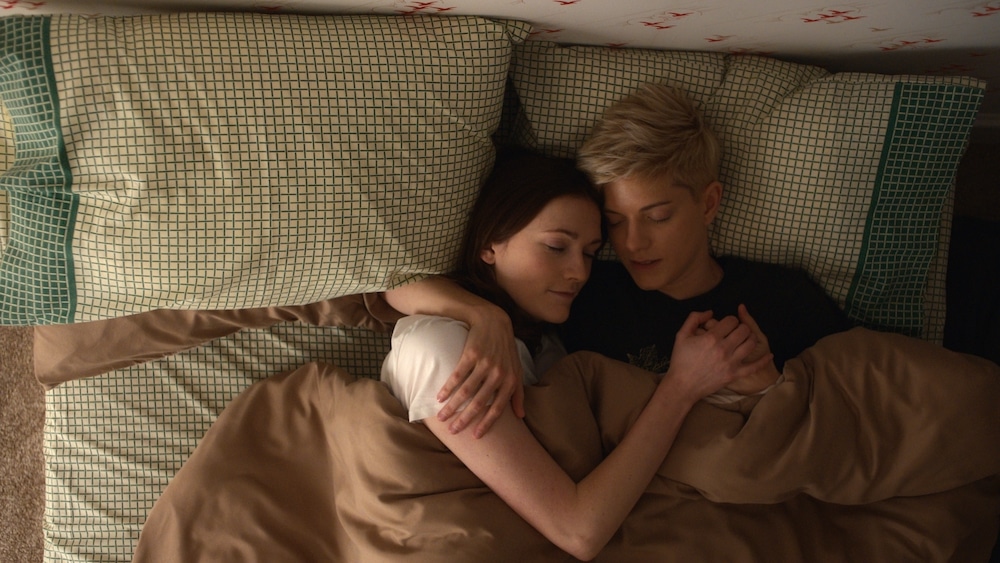
Adira Tal, Star Trek: Discovery
Adira Tal is the first non-binary character across the entire Star Trek universe and, considering the franchise’s extensive legacy in popular culture, that’s a pretty massive deal.
Played by non-binary actor Blu del Barrio, Adira was introduced in series three of CBS’s Star Trek: Discovery, before becoming a series regular in season four.
In an incredibly heartfelt turn of events, del Barrio actually used their role as Adira to come out as non-binary to their own family.
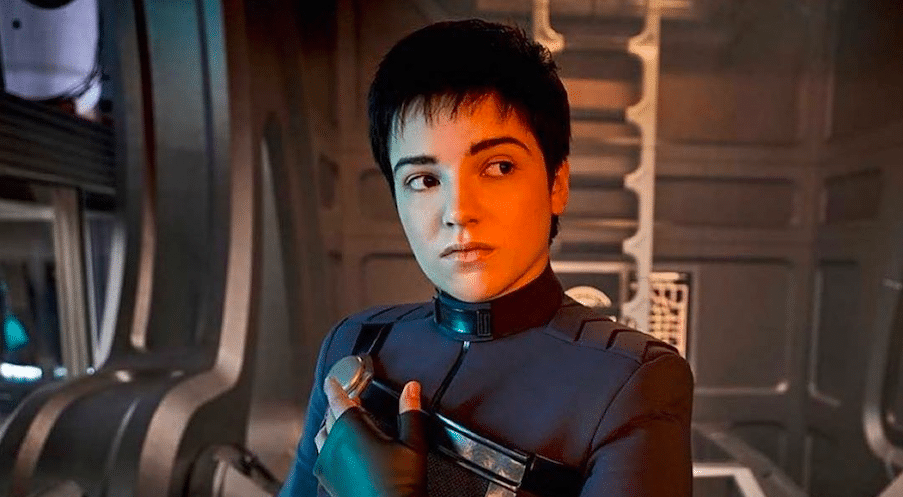
“When I got the call that I’d been cast, I hadn’t yet told the majority of my friends and family that I was non-binary,” they told GLAAD. “I had only recently discovered the word and realised that it described how I’d felt for a long time. I knew I wanted to tell my friends and family, so when this happened, it felt like the universe saying ‘go ahead’.”
Klaus Hargreeves, The Umbrella Academy
Netflix sci-fi superhero drama The Umbrella Academy has become a big hit with queers everywhere, with Robert Sheehan’s Klaus Hargreeves being a particular fan favourite.
While the show doesn’t explicitly refer to Klaus as non-binary, there is a general consensus within the fandom that they don’t conform to the gender binary.
Sheehan, it seems, agrees. In an interview, he said: Klaus is at the “far end of the male spectrum”. The star added: “He’s not necessarily a man, he’s kind of just this creature that’s not bound by traditional societal norms like ‘man’, ‘woman’, ‘masculinity’, ‘femininity’. He just sort of… is.”
Desire, The Sandman
Neil Gaiman has faced a lot of flack for casting non-binary actor Mason Alexander Park as Desire in the 2022 Netflix series The Sandman, but unbeknownst to the critics, Desire was actually non-binary in Gaiman’s original Sandman comics.
“I give zero f***s about people who don’t understand/haven’t read Sandman, whining about a non-binary Desire or that Death isn’t white enough,” Gaiman said, defending representation in the series. “Watch the show, make up your minds.”
Thanks to an alluring performance from Park, Desire swiftly became everyone’s favourite mythical antagonist.
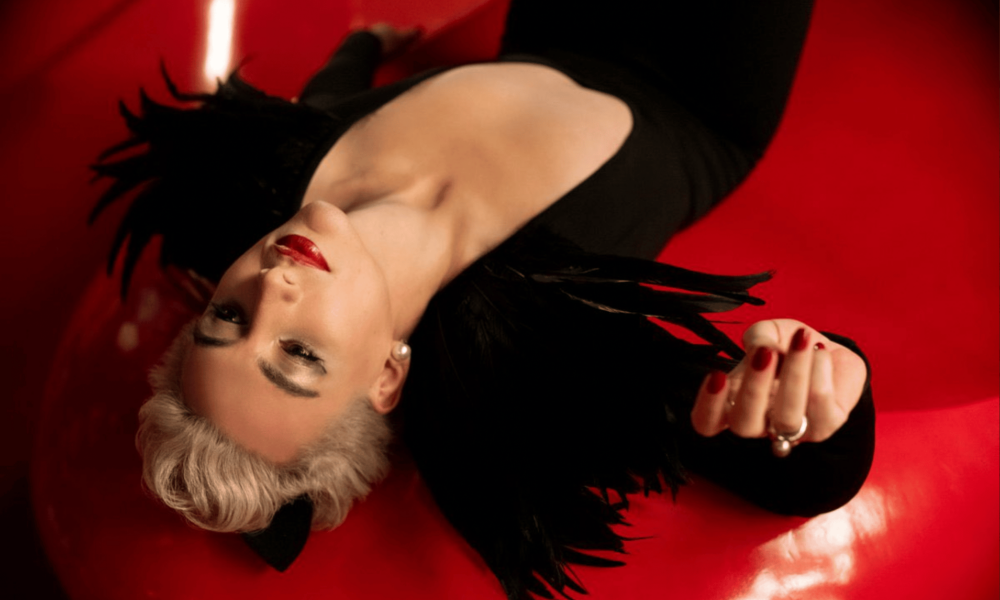
Non-binary representation is very much on an upward trajectory. There are so many brilliant characters that could have made this list. From Courtney in Dead End: Paranormal Park, to Taylor Mason in Showtime’s Billions, the number of non-binary characters is growing – and we love seeing it.
How did this story make you feel?

